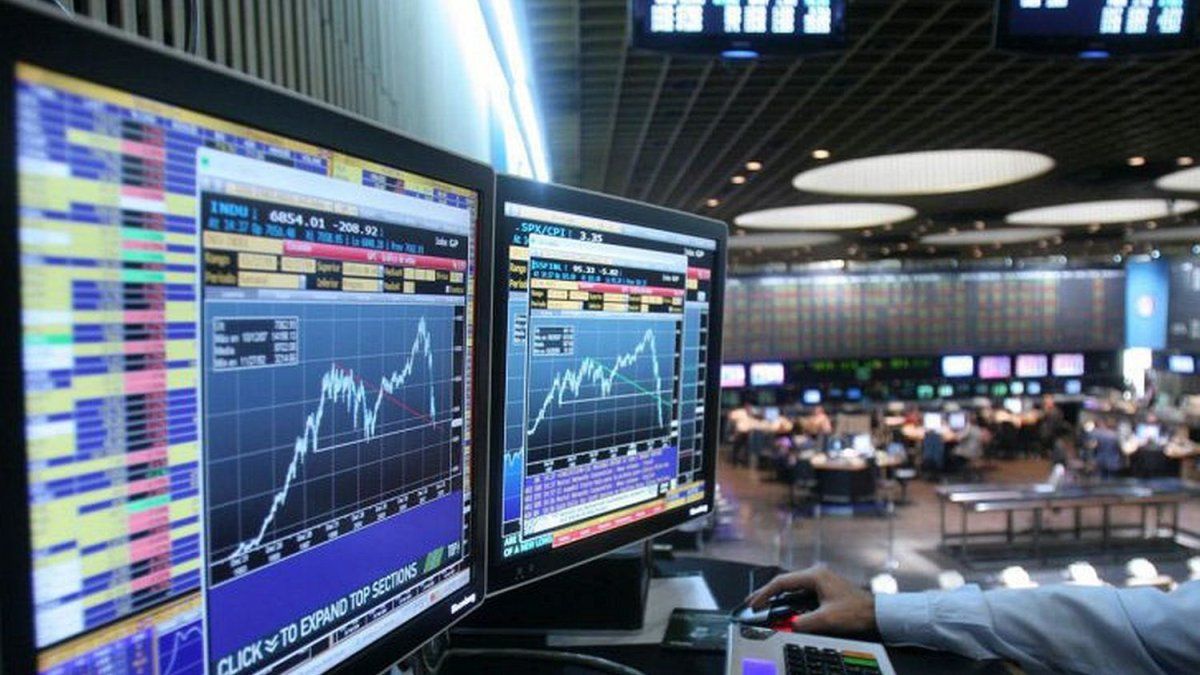The day started off complicated for Argentine assets, both for bonds and stocks, thus country risk accelerates and the S&P Merval opened negative.
With some doubts on the part of investors and within the framework of new Treasury tendersis that the S&P Merval falls hand in hand with energy company shares and the country risk It is close to returning to 600 points. It still remains to be known if the Central Bank (BCRA) validates a new reduction in reference rates.
The content you want to access is exclusive to subscribers.
Thus, the S&P Merval falls 1.1% to 2,675,994.02 basis points. The stock that falls the most is Metrogas with -3.6%, followed by Supervielle Bank (-3.6%), and Silver Commercial Society (-3.2%).


Regarding fixed income, the country risk rose above 600 and stands at 609 points. In this framework, the bond that falls the most is the Global 2041 (-2.3%), followed by Bonar 2035 (-1.4%), and the Global 2029 (-1.4%).
What the tender left
The Government provided the results of the first debt tender in pesos of the year, after the announcement of the reduction of the crawling peg for February. Among the titles awarded are the debut of a Treasury Bond capitalizable in pesos (BONCAP) expiring on June 30, 2026, the extension of a Capitalizable Treasury Bill in pesos (LECAP) to July 31, another to October 31, and a Treasury bond in pesos zero coupon with inflation adjustment (BONCER) expiring in March 2027.
From PPIexplained that “broadly speaking, we believe that they were generous with the placement returns.” As a reference, they explained that the June 2026 Boncap came out almost 10bps (TEM) above where it was estimated, at 2.15% (after the first round after the inflation data and the drop in crawling). “If we take the 2.05% TEM estimated yesterday, the tendered rate implies a direct return of 1.8%. Meanwhile, the TZXM7 was also located almost 25 basis points above the secondary market, which represents a direct return 0.5%” they said.
What is relevant is that this was highlighted is that it occurred in a context of “a shortage of pesos” given the reduction in LEFI holdings by banks and the increase in the stock of active repos with the BCRA. “It should be noted that the next tender will be challenging for the Treasury, so it could be a maneuver to expand its liquidity and face the next auction more comfortably. Specifically, for the next tender (Wednesday the 29th) approximately $11.8 billion expires explained mainly by the LECAP at the end of January (S31E5), and the last Dual (TDE25) which is to a greater extent in the hands of the public,” they expressed.
Source: Ambito




